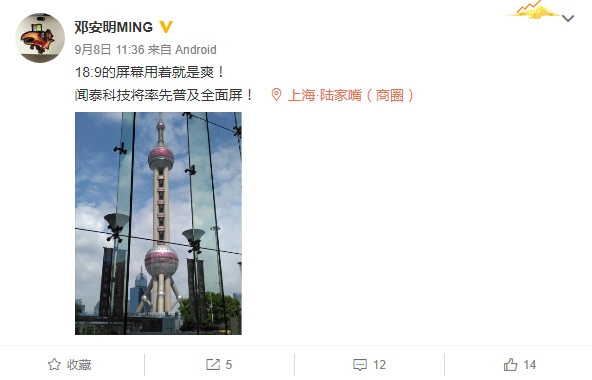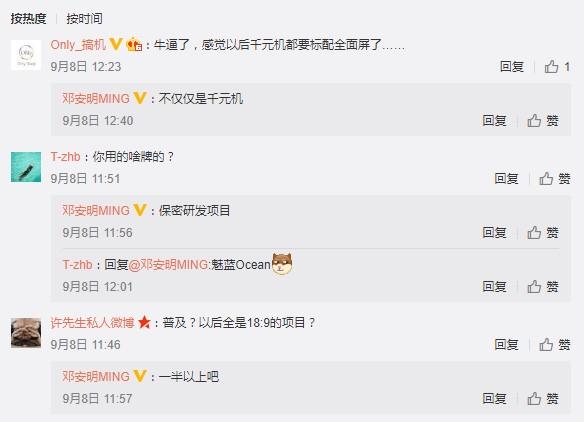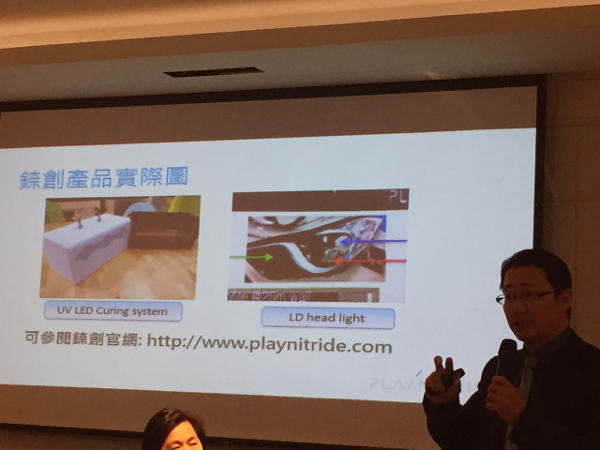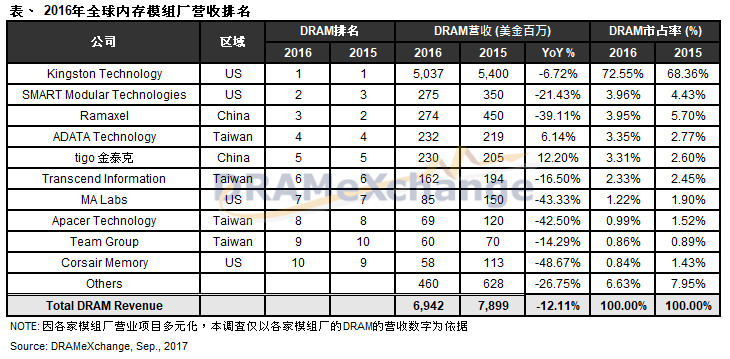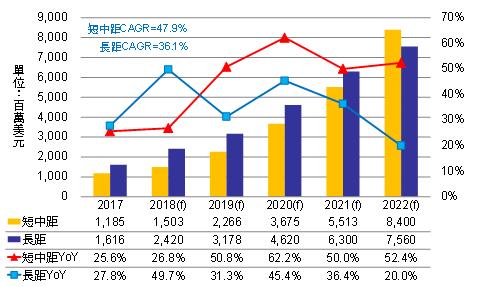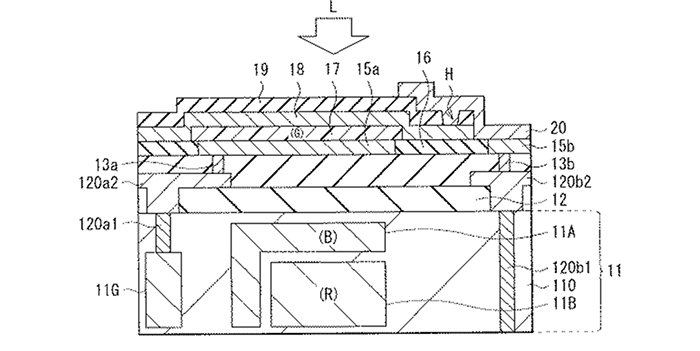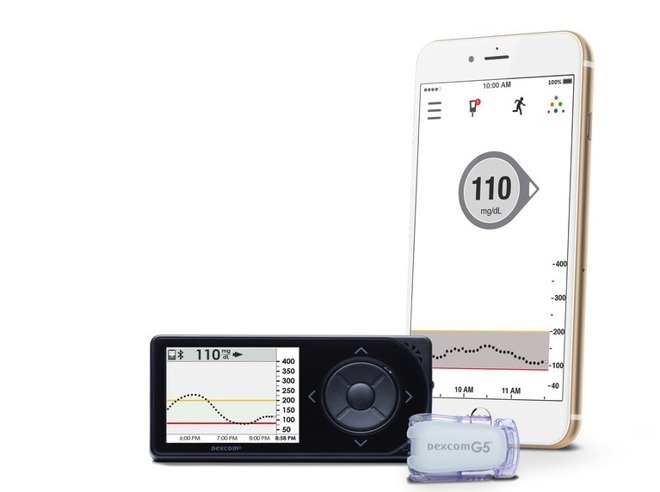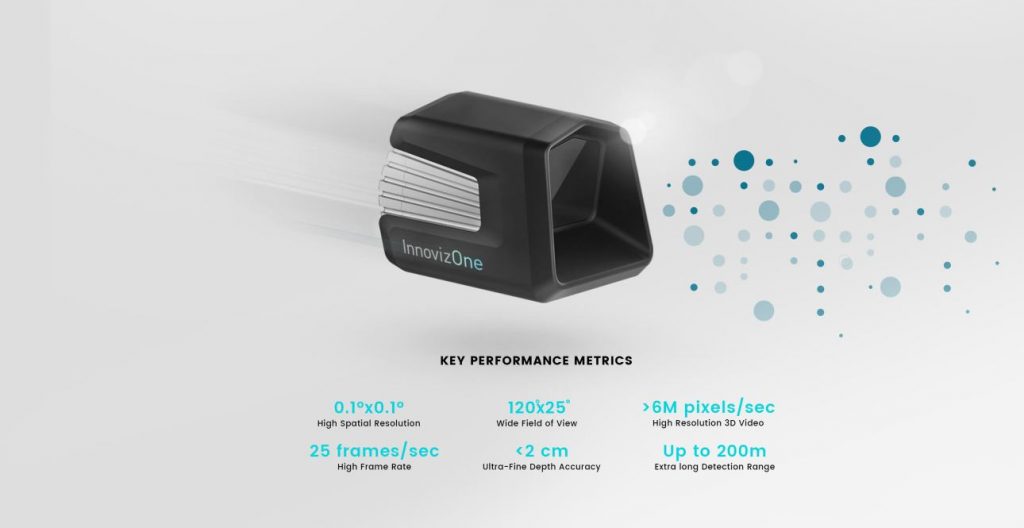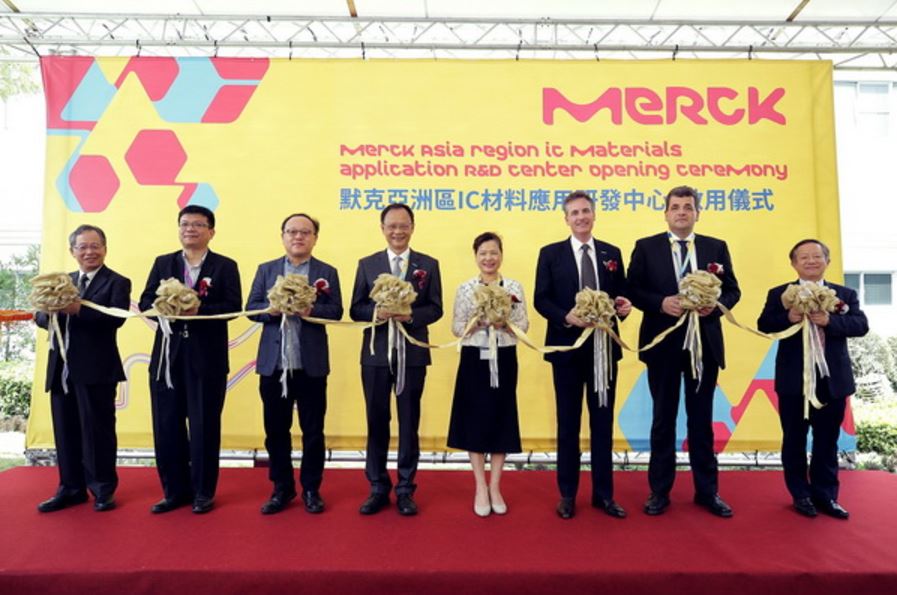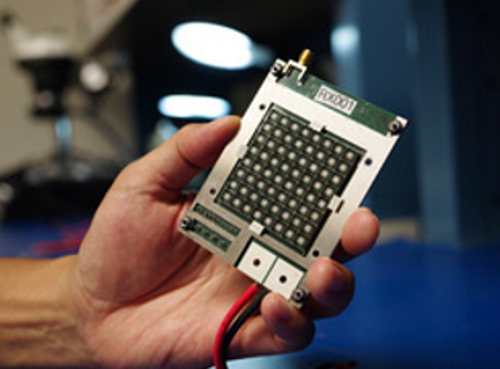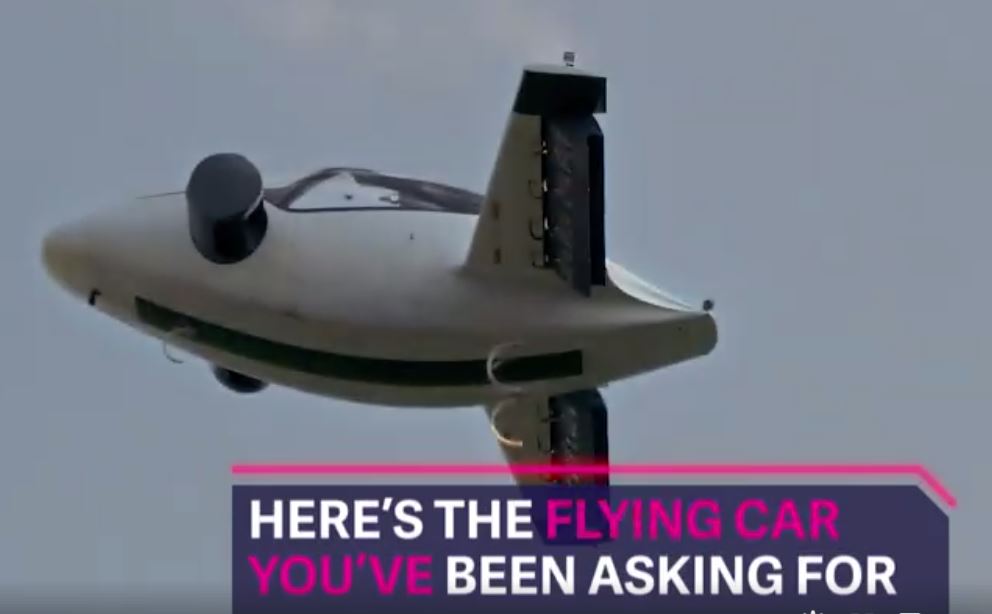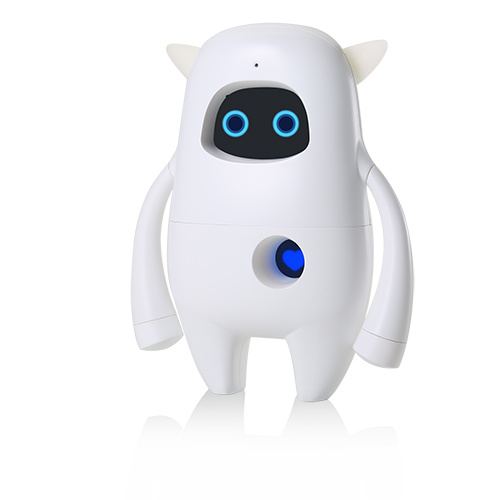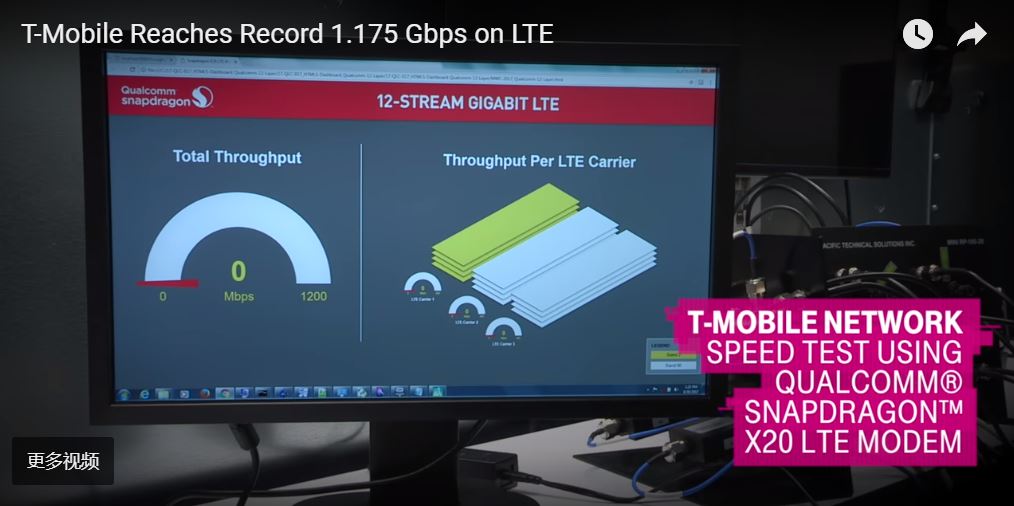
09-10: Apple has allegedly sought to stop Western Digital from taking control of Toshiba Corp’s chip business; Foxconn is pressing its case to acquire Toshiba Corp’s memory chips business for JPY2.1T; etc.
Chipsets
Nokia and Qualcomm have successfully transmitted data at speeds of up to 1.175Gbps over T-Mobile US’s 4G network, breaking the gigabit over LTE-A barrier. The test was conducted using 60Hz of downlink spectrum and 3x carrier aggregation on T-Mobile’s network, a single Nokia 4.9G AirScale Base Station, and a test device incorporating Qualcomm Snapdragon X20 LTE modem, combining 4×4 MIMO and 256QAM. (Phone Arena, PC Mag, Nokia)
Touch Display
ODM vendor Wingtech chairman assistant Deng Anming indicates that Wingtech will be first massively adopt 18:9 full display panels. In the past, Wingtech’s customer includes Huawei, Xiaomi, Lenovo, Meizu, and the company has manufactured Redmi, Honor and m series for their customers. (My Drivers, CN Beta)
PlayNitride’s CEO, Charles Li, says that Micro-LED displays are not as challenging as originally expected, and the company now aims to start trial production of Micro-LED displays in 2H17. The company has mass transfer and placement yield rates of over 99% in its lab. A Micro LED smartphone panel is estimated to cost about USD300, much higher than AMOLED’s USD70-80 and LCD’s USD15, Li said. (Digitimes, press, Microled-info, 52RD)
Memory
Apple has allegedly sought to stop Western Digital from taking control of Toshiba Corp’s chip business by threatening not to buy its products in the future. Apple, a top customer for Toshiba chips, is offering around JPY50B (USD460M) to a group including the U.S. firm to help finance a bid. (VentureBeat, Reuters, Laoyaoba)
Foxconn is pressing its case to acquire Toshiba Corp’s memory chips business for JPY2.1T (USD19.5B) in a last-ditch effort to beat out two American buyout firms in the tumultuous auction. The company has broad support for its offer from Apple, SoftBank Group and Sharp and is ready to proceed right away. (Laoyaoba, Bloomberg)
Global DRAM module sales totaled around USD6.9B in 2016, down about 12% from USD7.9B a year earlier, according to DRAMeXchange. Falling PC DRAM prices during 1H17 and the continuing contraction of the DIY market were the main factors behind the revenue decrease. The DRAM market was still in oversupply during 1H16, with 4GB PC DRAM module ASPs hitting as low as USD12.50, said DRAMeXchange. However, mobile DRAM demand started to surge after the second quarter, which also began to affect the supply of DRAM products for other applications. (Digitimes, TrendForce, TrendForce[cn], press)
Toshiba said that Toshiba Memory Corp. (TMC), its wholly owned subsidiary, has selected Kitakami City in Japan’s Iwate prefecture as the site of its next NAND fab. Though the exact construction schedule has not been determined, Toshiba said it plans to break ground on the facility in 2018. (EE Times, Business Wire, Reuters, China Times)
Sensory
According to Digitimes, chip manufacturing process for automotive millimeter-wave radar sensors has evolved from GaAs, SiGe to CMOS, with CMOS process featuring integration toward SoC. Since CMOS process can reduce sizes of and production cost for the sensors, prices for such devices are likely to drop to below USD100 in 2022. Global market value for automotive millimeter-wave radar sensors in 2022 is forecast at USD15.96B, consisting of USD8.40B for short- and mid-range models and USD7.56B for long-range ones. (Digitimes, press, Digitimes, press, Laoyaoba)
A new Sony patent in Japan describes an organic sensor (using organic semiconductor material to capture photons). Every pixel has 3 layers of organic material. Top captures the green light information, below it the Blue and at the bottom the Red light. (Laoyaoba, Sony Alpha Rumors)
Fitbit has announced a collaboration with glucose monitor company Dexcom to develop and market products to help those with diabetes better manage the disease, starting with Fitbit’s Ionic Smartwatch. (Laoyaoba, TechNews, TechCrunch, CNBC, Apple Insider)
Innoviz, a company making LiDAR sensors to support the development and deployment of autonomous driving, has raised a new USD65M in Series B funding, from strategic partners and leading auto industry suppliers Delphi Automotive and Magna International, along with other investors. (Sina, TechCrunch, Forbes, VentureBeat)
Biometrics
According to KGI analyst Ming-Chi Kuo, Apple’s Face ID system relies on 4 main components: a structured light transmitter, structure light receiver, front camera and time of flight / proximity sensor: Structured light used to collect depth information, integrating with 2D image data from front camera to build the complete 3D image. Given the distance constraints of the structured light transmitter and receiver (estimate 50-100cm), a proximity sensor (with ToF function) is needed to remind users to adjust their iPhone to the most optimal distance for 3D sensing. (Phone Arena, Apple Insider, iClarified, 9to5Mac, IT Home)
Material
German multinational company Merck KGaA founded its first IC Materials Application Development Center in Asia in Kaohsiung, southern Taiwan. The newly founded center, which was a NTD100M (USD3.33M) investment, provides both front- and back-end applications. (Focus Taiwan, Laoyaoba, UDN, Ctimes)
Connectivity
Movandi’s BeamX module is an RF front-end including everything from an antenna array to a baseband interface. It targets 28GHz and 39GHz 5G systems including base stations and receivers. The startup aims to deliver a 4-5dB better link budget than competing products while consuming 30% less transmit power. That could translate to products that double range to 400m or line-of-sight data rates of 4~5Gbps. (Chinafix, EE Times, Market Wired)
Internet of Things
End-user spending for the worldwide virtual personal assistant (VPA)-enabled wireless speaker market is forecast to reach USD3.52B by 2021, up from USD0.72B in 2016, according to Gartner. Beginning in 2019, 3rd-generation VPA speaker products will start shipping with some artificial intelligence (AI) functions running on the device rather than in the cloud. (Gartner, press, TechNews, Baijiahao)
LeEco suggests the Chinese authorities are to blame when it comes to their failed Vizio merger. LeEco initially announced a USD2B deal with Vizio that would see the two companies merge in the hope of boosting LeEco’s presence in the US once it launched in the market. (Android Headlines, Hollywood Reporter, Wall Street, Jiemian)
A new report, the One Hundred Year Study on Artificial Intelligence, unites experts of heavy-hitting corporations and scientific institutions to guide the socio-economic progress of AI in its totality. It also predicts what the world will look like in 2030. (Stanford, report, Futurism, Laoyaoba)
German start-up Lilium has secured USD90M in funding to build a 5-seat, all-electric flying taxi. The funding will be used to develop the company’s 5-seat commercial Lilium Jet, as well as to grow the company’s team of more than 70 people. (The Verge, Lilium, TechWeb)
The robot Musio comes from AKA LLC, an artificial intelligence company that seeks to understand human textual language, oral language, gestures, and facial expressions. Using natural language processing technology and AKA’s “rich interactive content ecosystem,” the Musio robot seeks to provide anyone anywhere with a companion made up of plastic and computer parts instead of flesh and blood. (Digital Trends, iFeng)
